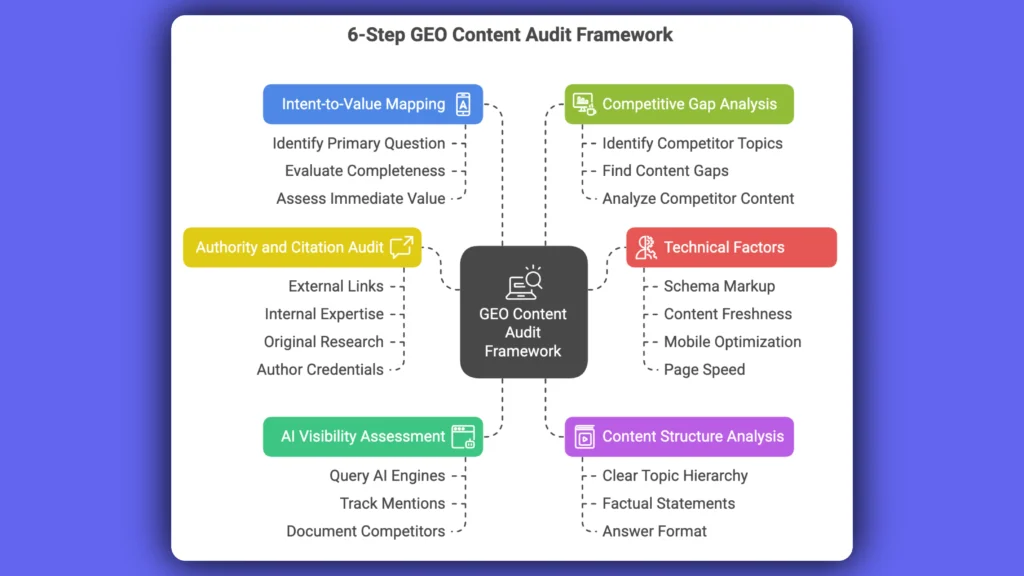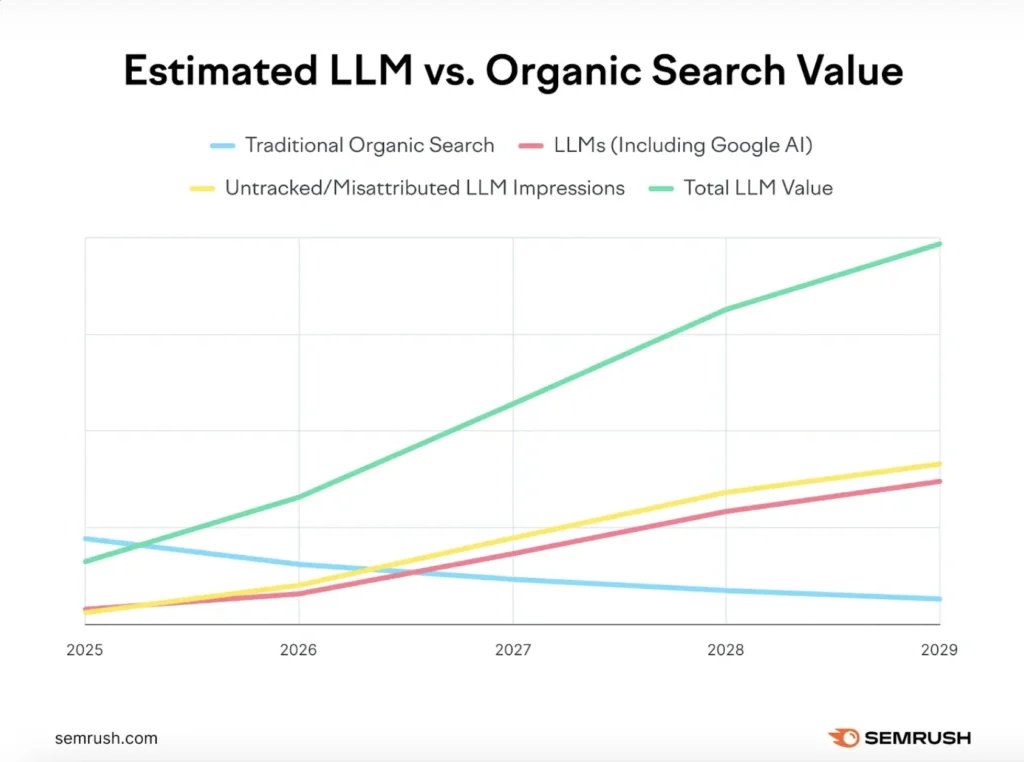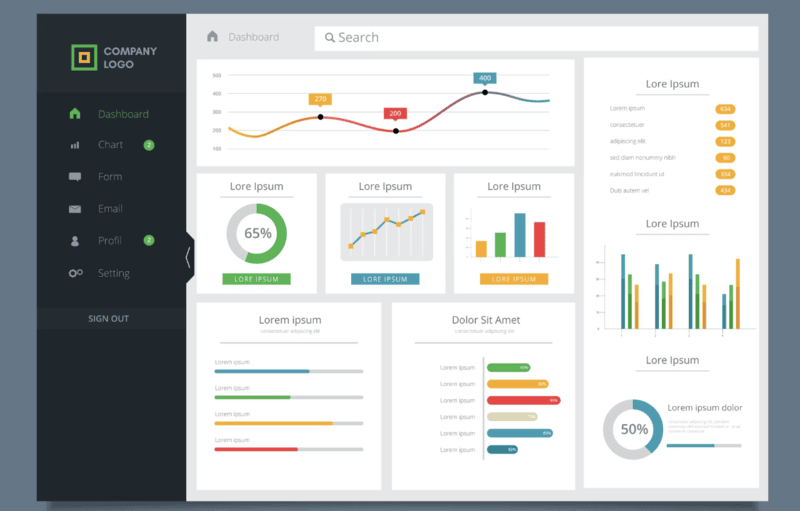Here’s the reality check no one’s talking about: with Google, you might still get clicks from position seven or eight, but AI search engines like ChatGPT, Perplexity, and Gemini are fundamentally different beasts. They don’t show ten blue links, they give one authoritative answer. If your content isn’t optimized for Generative Engine Optimization (GEO), you’re essentially invisible in the AI-powered search landscape that’s rapidly becoming the norm.
The good news? Running a GEO content audit isn’t rocket science. It’s about understanding what makes AI engines tick, then systematically evaluating your content through that lens. Let me walk you through the exact process we use at SevenSEO to help growth-stage startups future-proof their content strategy.
What Makes GEO Different from Traditional SEO Audits
Traditional SEO audits focus on keywords, backlinks, and technical metrics like page speed. Generative Engine Optimization (GEO) is the practice of making your content and brand not just visible, but also understandable, citable, and ultimately recommended by AI-driven search and answer engines.
Think about it: when someone asks ChatGPT “What’s the best project management tool for startups?”, the AI doesn’t crawl through thousands of pages. It synthesizes information from its training data and provides a direct recommendation. Your goal isn’t just ranking, it’s becoming the source that AI engines cite and recommend.
This shift means your content audit needs to evaluate completely different factors:
Traditional SEO asks: Can search engines find and index this content?
GEO asks: Will AI engines understand, trust, and cite this content?
The Reddit Reality: What Founders Are Actually Struggling With
Before diving into the audit framework, let’s address what real founders are asking about content audits in communities like r/marketing and r/startups. Look for common questions, complaints, recommendations, frustrations, myths, misconceptions, concerns or simple knowledge gaps that come up repeatedly.
The most common concerns we see are:
- “How do I know if my content will show up in AI search results?”
- “Should I completely rewrite my existing content for GEO?”
- “What’s the ROI of optimizing for AI engines when Google still drives most traffic?”
These are the right questions. The answer is that you don’t need to throw away your existing SEO strategy, you need to evolve it.
The 6-Step GEO Content Audit Framework
Here’s the systematic approach we use to evaluate content for AI-powered search optimization:
Step 1: AI Visibility Assessment
Start by testing how often your brand or content actually appears in AI-generated responses. A GEO Audit is a process that checks how often your business, product, or website actually shows up in these AI-generated responses, either as a mention or a cited source.
Action items:
- Query ChatGPT, Claude, and Perplexity with industry-related questions your target audience would ask
- Track mentions of your brand, products, or content in the responses
- Document which competitors are getting cited instead of you
Tools to use: Manual testing is still the gold standard here, but tools like Geoptie’s free GEO audit can help automate some of this process.
Step 2: Content Structure Analysis
AI engines love structured, authoritative content that’s easy to parse and cite. Your audit should evaluate each piece of content for:
- Clear topic hierarchy: Does your content have distinct sections with descriptive headings?
- Factual statements: Are your claims backed by data and presented as clear, quotable insights?
- Answer format: Does your content directly answer specific questions your audience asks?
Poor example: “Our platform offers various benefits for teams…” Strong example: “Teams using project management software see a 23% increase in project completion rates”
Step 3: Authority and Citation Audit
AI engines prioritize content from sources they perceive as authoritative. Evaluate your content’s citation-worthiness:
- External links: Do you link to authoritative sources that support your claims?
- Internal expertise: Does your content demonstrate deep domain knowledge?
- Original research: Are you creating unique insights or just rehashing existing information?
- Author credentials: Is it clear who wrote the content and why they’re qualified?
Step 4: Intent-to-Value Mapping
This is where most audits fall short. You need to map each piece of content to specific user intents and evaluate whether it provides genuine value for those intents.
The framework:
- Identify the primary question or problem your content addresses
- Evaluate whether your content provides a complete, actionable answer
- Assess if the value is immediately apparent (AI engines don’t have patience for fluff)
Red flag: Content that requires users to “contact us for more information” to get actual value. AI engines won’t recommend incomplete solutions.
Step 5: Technical GEO Factors
While content quality matters most, technical elements still influence AI engine visibility:
- Schema markup: Structured data helps AI engines understand your content context
- Content freshness: Regularly updated content signals reliability
- Mobile optimization: AI engines consider user experience signals
- Page speed: Fast-loading content gets prioritized in AI responses
Step 6: Competitive Gap Analysis
Understanding where your competitors are winning (or losing) in AI search results gives you strategic opportunities:
- Identify topics where competitors consistently get cited by AI engines
- Find content gaps where no one is providing comprehensive answers
- Analyze the format and structure of highly-cited competitor content

Turning Audit Insights Into Action
The audit is worthless without a clear action plan. Based on your findings, categorize your content into four buckets:
Optimize: High-potential content that needs GEO improvements
Expand: Good content that could cover more related questions
Consolidate: Multiple pieces covering similar topics that should be combined
Retire: Outdated or low-value content that’s diluting your authority
For each piece in the “Optimize” category, create a specific improvement plan focusing on the GEO factors where it scored lowest.
The ROI Reality for Startups
Let’s address the elephant in the room: Why should cash-strapped startups care about GEO when Google still drives most organic traffic?
The answer lies in customer acquisition cost (CAC) and future-proofing. LLM search is growing exponentially, ChatGPT’s search feature is rapidly gaining traction. Early movers who optimize for GEO now will have a significant advantage when AI search becomes mainstream.
More importantly, GEO optimization often improves traditional SEO performance too. Content that’s structured for AI citation tends to perform better in Google’s featured snippets and AI overviews.

Red Flags: When Your Content Audit Reveals Bigger Problems
Some audit findings indicate systemic issues beyond just content optimization:
- No original insights: If all your content rehashes existing information, you’ll never become a citation-worthy source
- Product-first content: If every piece leads to a sales pitch, AI engines will ignore you
- Inconsistent expertise: If your content quality varies wildly, you’re not building authority
These issues require strategic changes to your content approach, not just tactical optimizations.
Tools and Resources for Ongoing GEO Monitoring
While manual testing remains crucial, several tools can help streamline your GEO audit process:
- Free options: Geoptie’s GEO audit tool provides baseline AI visibility assessment
- Google Search Console: Monitor performance in AI overviews and featured snippets
- Content analysis tools: Tools like Surfer SEO now include GEO factors in their content scoring
The key is establishing a regular monitoring rhythm. AI search results change faster than traditional search, so quarterly audits are becoming the new standard.
Getting Started: Your First 30 Minutes
Don’t overthink the initial audit. Start with these high-impact activities:
- Test 5 key questions your target audience asks in ChatGPT and Perplexity
- Document which sources get cited in the responses
- Identify your top 10 pieces of content and evaluate them against the 6-step framework above
- Create a simple spreadsheet tracking AI mentions, content gaps, and optimization priorities
This foundation gives you enough data to start making strategic decisions about where to focus your GEO optimization efforts.
